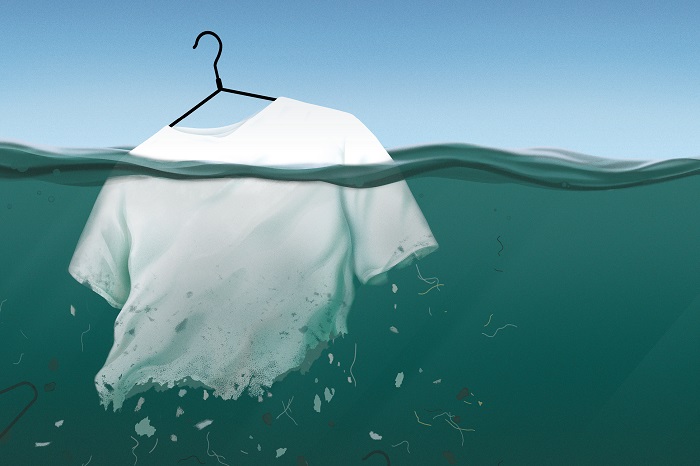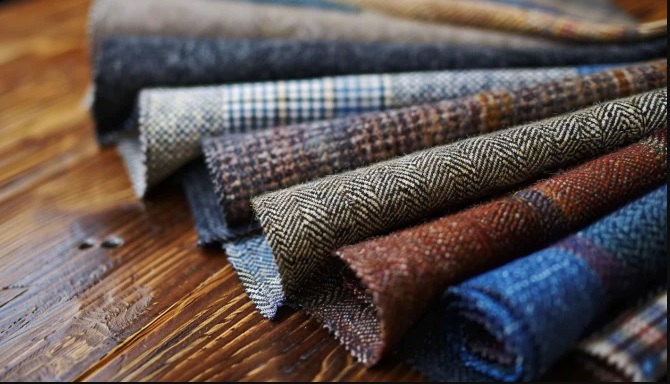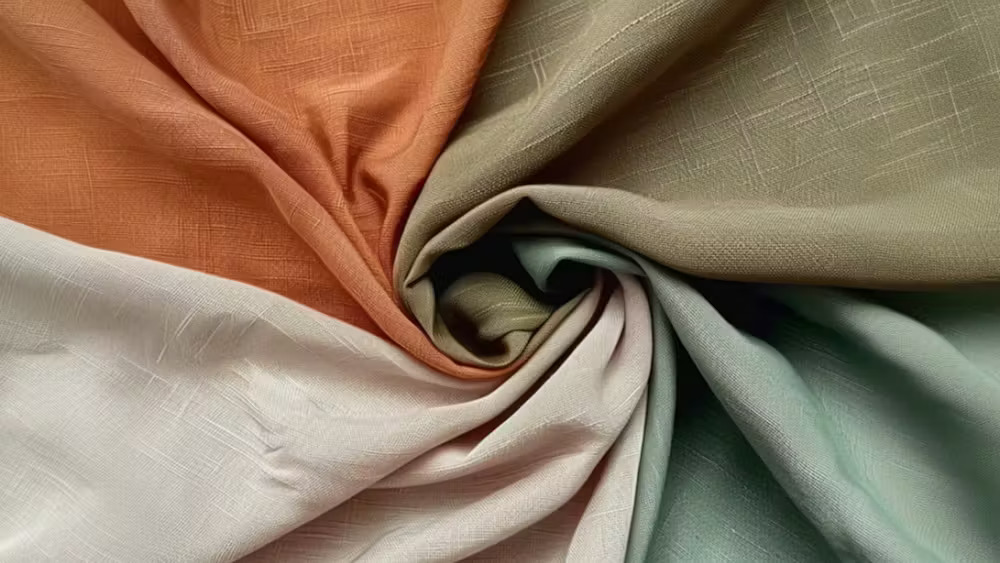
‘Plastic Free July’, the global movement against plastic waste, highlights a lesser-known environmental challenge: microplastic pollution stemming from synthetic fabrics. With alarming statistics revealing the impact of microplastics on our ecosystems, the fashion industry faces increasing pressure to embrace change.
The hidden problem in our closets
Microplastics, tiny plastic particles, pose a serious threat to our environment. Textile microplastics, derived from petroleum-based fabrics like polyester, nylon, and acrylic, are a major contributor to this crisis. The fashion industry's reliance on synthetic fibers has far-reaching consequences, from the staggering 342 million barrels of oil used annually to produce them, to the estimated 35 per cent f ocean microplastics originating from washing synthetic clothing. These minuscule fibers, shed during laundry, infiltrate our waterways, air, and soil, ultimately entering the food chain and posing potential health risks. Microplastics' long decomposition time, spanning hundreds of years, further exacerbates the problem.
Cotton, a natural solution
Amidst growing environmental concerns, a simple yet effective solution emerges: switching to natural fibers like cotton. "Cotton biodegrades in a relatively quick time," explains Jesse Daystar, Vice President and Chief Sustainability Officer, Cotton Incorporated. "Meanwhile, synthetic fibers take hundreds if not thousands of years to decompose."
This biodegradability, stemming from cotton's natural cellulose-based structure, resonates with consumers. According to a Cotton Incorporated study, 76 per cent consumers prioritize clothing made from biodegradable materials.
Brands leading the change
Brands like Andine are already championing natural fibers. Founder and designer Elisabeth Weinstock emphasizes the brand's commitment to quality and sustainability, stating, "Andine strives for quality goods made from natural fibers." This focus on natural materials aligns with consumer preferences. Studies show that 65 per cent consumers check fiber content labels to avoid synthetics, while 29 per cent express concern about brands' use of synthetic fibers. Further, 45 per cent are now aware of the microplastic pollution caused by laundering synthetic clothing.
Yvonne Johnson, Cotton Incorporated's senior director of product development, highlights the advantages of cotton: "Cotton fabrics can be engineered with permanent ventilating openings for enhanced breathability." Branded technologies like TransDRY and Wicking Windows offer natural moisture-management solutions for activewear, resonating with the 58 per cent of consumers who prefer cotton-rich activewear.
Consumer demand for sustainability
Retailers should consider that nearly two-fifths of consumers prioritize sustainability when choosing brands. Moreover, 81 per cent believe better quality garments are made from all-natural fibers like cotton. Andine's success with cotton-based products underscores this consumer preference. Weinstock notes, "Derived from plant fibers, cotton is breathable, durable, and wonderfully soft to wear."
The fashion industry's shift towards natural fibers like cotton represents a promising step towards a more sustainable future. As brands embrace innovation and prioritize eco-conscious choices, they can help combat microplastic pollution and meet the growing consumer demand for sustainable fashion.












